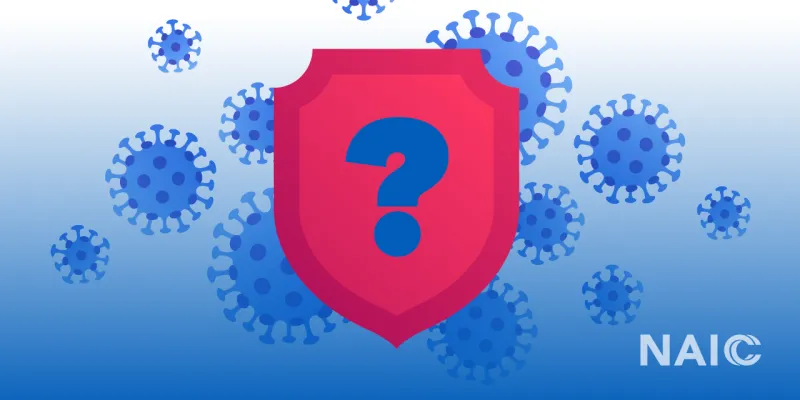
What the End of the COVID-19 Public Health Emergency Means for Your Health Insurance Coverage
The U.S. Department of Health and Human Services (HHS) is expected to end the COVID-19 public health emergency (PHE) on May 11, 2023. Here’s what it could mean for your health plan.
Changes to Expect
COVID-19 Testing Coverage
If you have a private health insurance plan, you may no longer be able to get free COVID-19 tests. If your plan decides to provide COVID-19 tests after the PHE ends, you may have to pay a cost-sharing fee.
Over-the-counter (OTC) COVID-19 tests will no longer be free after the PHE ends if you are enrolled in Medicare. However, if your health-care provider orders a COVID-19 test, it will be available without cost sharing.
If you are enrolled in a Medicare Advantage plan, COVID-19 tests will be free when they are ordered by your health-care provider, but you may have to pay a cost-sharing charge. Some Medicare Advantage plans may decide to continue offering free tests, but they will no longer be required to do so.
COVID-19 tests will be covered without cost sharing until Sept. 30, 2024, if you are enrolled in Medicaid. After that, states will determine their own coverage requirements.
If you are underinsured or uninsured, the U.S. Postal Service (USPS), community partners, pharmacies, and the federal Centers for Disease Control and Prevention (CDC) may provide free COVID-19 tests and testing services. Several states and U.S. territories have chosen to provide Medicaid coverage through the American Rescue Plan Act of 2021 for COVID-19 tests for uninsured individuals.
What’s Staying the Same
COVID-19 Vaccines and Treatment
If you have private health insurance, you will be able to get free COVID-19 vaccines if they are in-network. Additionally, COVID-19 treatment coverage will not change. If the COVID-19 treatment currently requires cost sharing or paying a deductible, that will continue to apply after the COVID-19 PHE ends.
If you are enrolled in Medicare, you will still be able to get COVID-19 vaccines without cost sharing even after the COVID-19 PHE ends. Additionally, oral antiviral medication, such as Paxlovid and Lagevrio, will still be available.
If you are a Medicaid or Children’s Health Insurance Program (CHIP) enrollee, you will have access to COVID-19 vaccines without cost sharing or co-pays through Sept. 30, 2024, after which states will determine vaccination and treatment coverage.
Telehealth
If you have a private insurance plan, coverage for remote services and care will continue to vary by plan. Many plans expanded access to telehealth services during the pandemic, but some services may require cost sharing, prior authorization, or other conditions. Contact your plan’s customer service to learn more about what it covers.
If you need a prescription for a controlled substance, you will still be able to get one without an in-person visit to your health-care provider after the COVID-19 PHE ends. Audio-only calls will remain available for anyone seeking buprenorphine prescriptions for opioid treatment programs (OTPs).
During the pandemic, telehealth services could be conducted at home instead of at a health-care facility and as audio-only calls to help reach Medicare enrollees who live in rural areas. These Medicare conditions will still apply until Dec. 31, 2024.
If you are a Medicare Advantage enrollee, please check your plan to see what telehealth services are still covered after the COVID-19 PHE ends.
If you are a Medicaid or CHIP enrollee, many states offered telehealth services prior to the pandemic, and that will not change at the end of the COVID-19 PHE. The federal government is encouraging states to continue covering many telehealth services through Medicaid or CHIP.
For additional information, visit KFF's website.
About the National Association of Insurance Commissioners
As part of our state-based system of insurance regulation in the United States, the National Association of Insurance Commissioners (NAIC) provides expertise, data, and analysis for insurance commissioners to effectively regulate the industry and protect consumers. The U.S. standard-setting organization is governed by the chief insurance regulators from the 50 states, the District of Columbia and five U.S. territories. Through the NAIC, state insurance regulators establish standards and best practices, conduct peer reviews, and coordinate regulatory oversight. NAIC staff supports these efforts and represents the collective views of state regulators domestically and internationally.
